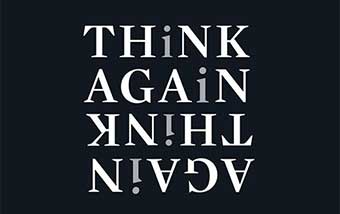Artless Art
The German professor of philosophy, Eugene Herrigel, as a guest professor in Japan, studied the art of archery from a Zen Master, in Japan, for 6 years. He wrote of this in Zen and the Art of Archery. He wanted to explain the technique of Zen skill training.
It was, for him, a mystifying and frustrating time. Somehow, in learning such arts as Japanese archery, one is not to try. The setting of the arrow and the release of the bow are to happen effortlessly, the bow should release itself, like when a tree branch bends to release the snow.
This is the ‘artless art’.
“Remember that archery is not meant to strengthen the muscles. When drawing the string you should not exert the full strength of your body, but learn to let only your two hands do the work, while your arm and shoulder muscles remain relaxed, as though they looked on impassively. “
”Don’t think of what you have to do, don’t consider how to carry it out! The shot will only go smoothly when it takes the archer himself by surprise. It must be as if the bowstring suddenly cut through the thumbnail that held it. You mustn’t open the right hand on purpose.”
”The right art is purposeless, aimless! The more obstinately you try to learn how to shoot the arrow for the sake of hitting the goal, the less you will succeed in the one and the further the other will recede. What stands in your way is that you have a much too willful will. You think that what you do not do yourself does not happen.”
“Concentrate entirely on your breathing, as if you had nothing else to do!”
True skill is . . . ‘spiritual’. A state . . . “In which nothing is thought, planned, striven for, desired or expected, which aims in no particular direction and yet knows itself capable alike of the possible and the impossible”.
Eugene Herrigel couldn’t help but wonder: “How can the shot be loosed if ‘I’ do not do it?”
“‘It’ shoots”, the Master replies
“And who or what is this ‘It’?”
”Once you have understood that, you will have no further need of me.”
Zen training is a system of learning that builds the abilities completely in the subconscious. Zen insists that true skill can reside no where else. To the western mind, skill is a not-so-subconscious act that requires effort and a disciplined Ego. To Zen mind, act of skill is from the place of the unknowable, the unthinkable.
“There are processes which are beyond the reach of understanding. Do not forget that even in Nature there are correspondences which cannot be understood, and yet are so real that we have grown accustomed to them, just as if they could not be any different. . The spider dances her web without knowing that there are flies who will get caught in it. . . The archer hits the target without having aimed – more I can not stay.”
At the end of his training, Herrigel was given a ceremonial demonstration of Zen archers, splitting arrows on targets, at distances of 80 yards, blind folded, one after another.

